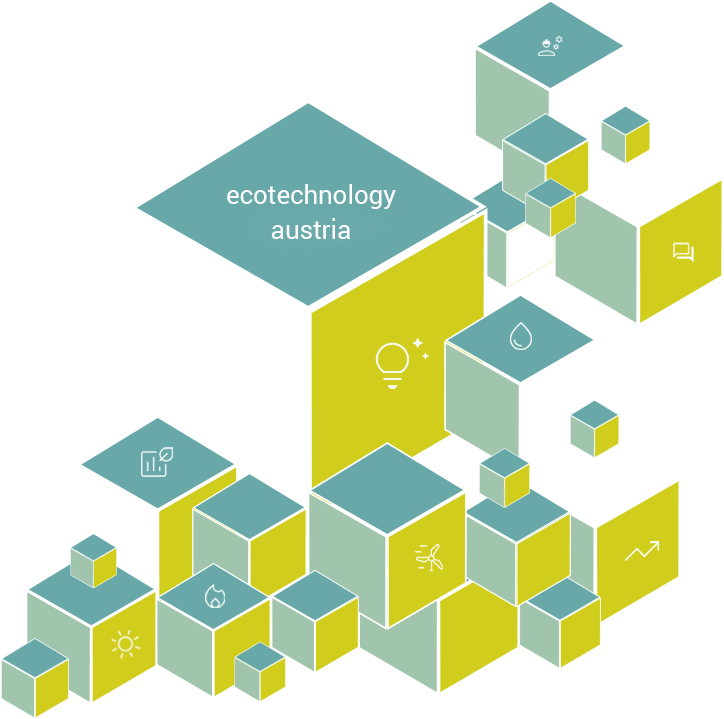The ambient air in the atmosphere has stored a large amount of water vapor. When the water vapor ascends, it cools in higher air layers and condenses – it begins to rain. This procedure is modeled in Air.Water.Catalyster to produce drinking water. In a first step, a cool condenser surface is provided by a metal body, in which coolant circulates. A fan conveys the ambient air over this element, the water vapor condensing in the air, the “rain water” drips into the water tub. The condensation water is finally passed through a multi-stage filter system and pumped into the drinking water storage tank. UV water sterilization ensures an almost unlimited shelf life. The advantage of the drinking water system lies in the absolute independence from all water resources, neither rivers nor sources are necessary for the generation of water.
The Air.Water.Catalyser can be used to supply drinking water in developing countries, to provide clean drinking water after disasters (tsunami, floods, hurricanes, etc.) and to produce water in dry areas (eg Malta, Aegean). In addition to health and hygienic improvements, the use of the Air.Water.Catalyster can also reduce the potential for crises resulting from water shortages.
Currently, the development of a dosing unit at the project stage is to enrich the drinking water with vital trace elements. Electrolytic additives, mineral salts and vitamins for strengthening the immune system can thus also be administered as well as prophylaxis for the prevention of diarrheal diseases.
The innovative process of drinking water production has already aroused international interest. The Singapore government has issued a university research project to develop a solar drive for the Air.Water.Catalyser. With this application, a completely self-sufficient operation can be ensured.
Further Information LINK






